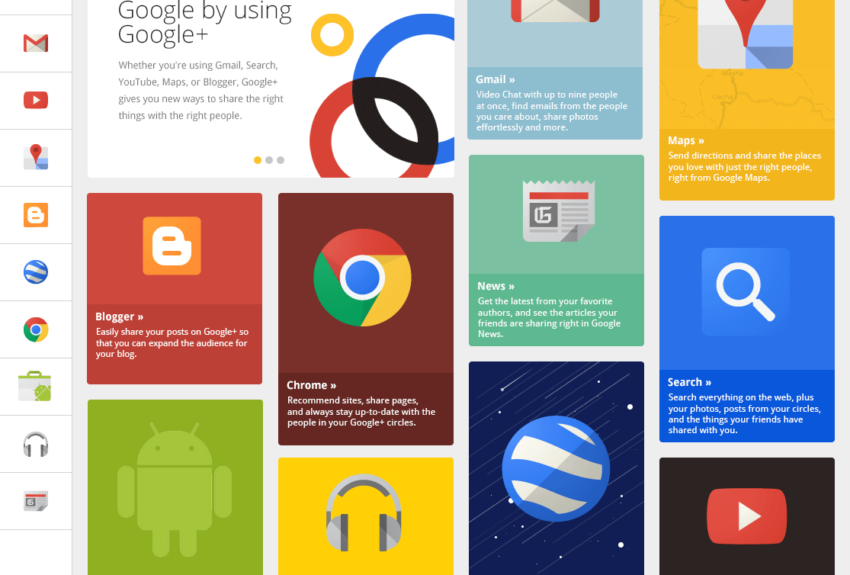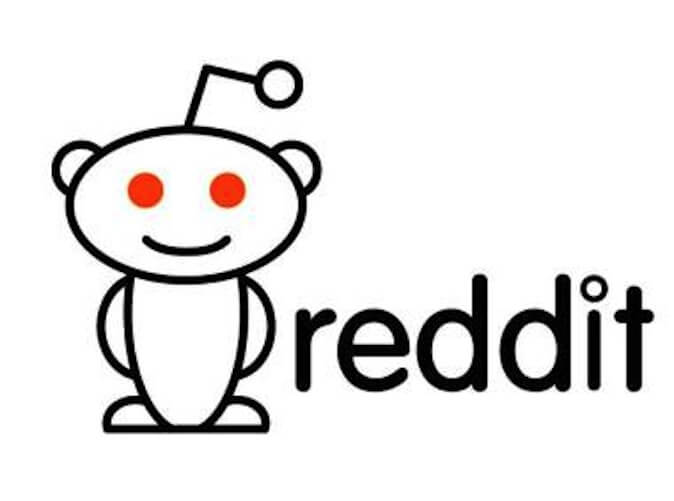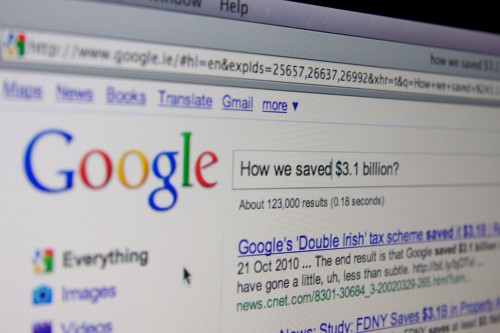What is web 2.0? This is the question that many people (even computer professionals) struggle to answer. Some consider it to be a slogan. Others simply see it as flashy AJAX enabled web sites with curved corner, modal pop-ups and drop-shadows.
Web 2.0 can be considered as applications and services that are built around the internet instead of expecting the internet to suit or adapt to the application.
The version number (2.0) suggests an improved World Wide Web (i.e. blogs, podcasts, RSS feeds etc) that provides a more interactive experience than standard read-only websites. The main goal is to bridge the gap between users and the providers. In many cases with Web 2.0, users become the providers as they are given the ability to upload content as well as download it. Over time these sites become more popular and informative the more users add content, which is a stark contrast to old school Web 1.0 sites that limited used to viewing only.
Richer Web Applications
Web applications that incorporate technologies such as Flash, AJAX, Java, Silverlight and Curl have enhanced the user experience by creating improved browser based applications. These technologies make it possible to update specific sections of user content without the need to refresh the whole page. These techniques also tend to make more use of the client computer / browser to reduce the need for page postback and decrease server workload. This helps to increase the responsiveness of Web 2.0 web applications and improves the user experience. This is important as it makes it possible to create a richer, more responsive UI that is better able to mimic modern desktop applications.
We must remember that many of the new concepts that have been made popular by Web 2.0 have not replaced old protocols. They have simply added a layer of abstraction to them.
Web 2.0 should be thought of as bridging the gap between users and web content. It is about understanding how and why people use the web and providing the correct services to better serve their needs. The needs of the user must outweigh the visions of programmers, marketing directors or information architects. Web 2.0 is about doing things on the web that cannot be achieved on any other medium, not reinventing the wheel and shoehorning old concepts it into a web application and calling it Web 2.0





